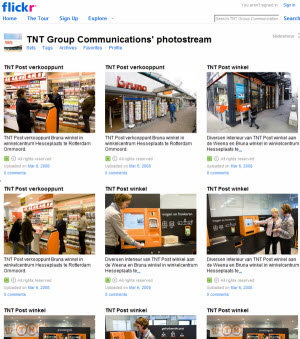 AdWeek is conducting a poll to help its editors determine who the most influential person in advertising, marketing and media is. Since branding is so closely integrated with advertising, marketing and media, I was immediately drawn to this survey. However, I was disappointed in the list of people to vote for.
AdWeek is conducting a poll to help its editors determine who the most influential person in advertising, marketing and media is. Since branding is so closely integrated with advertising, marketing and media, I was immediately drawn to this survey. However, I was disappointed in the list of people to vote for.
The list is made up of a number of popular bloggers, corporate execs, and celebrities, but it seems to be missing something. I’m not suggesting that Oprah Winfrey isn’t influential. She probably tops this list in many parts of the world, but I do think the list should be split between the celebrities and bloggers and the people in the trenches of advertising and marketing. It doesn’t seem appropriate to top a list of the most influential people in advertising, marketing and media with J.J. Abrams. I know Lost is a popular TV show and I loved Alias, but it doesn’t make complete sense. I should also mention that as of right now, Steve Jobs of Apple is in the lead with almost twice as many votes as the next closest person on the list. [Read more…] about Who are the Most Influential People in Advertising, Marketing and Media?
 Despite the recent financial madness, most FTSE 100 companies aren’t on the breadline … but many of them try to help those who are.
Despite the recent financial madness, most FTSE 100 companies aren’t on the breadline … but many of them try to help those who are.

